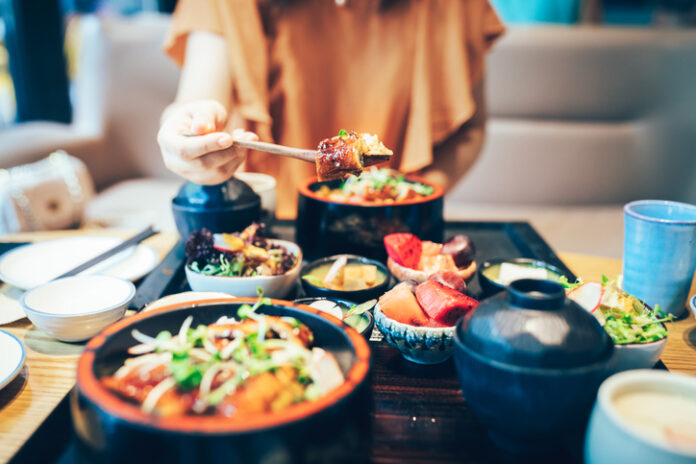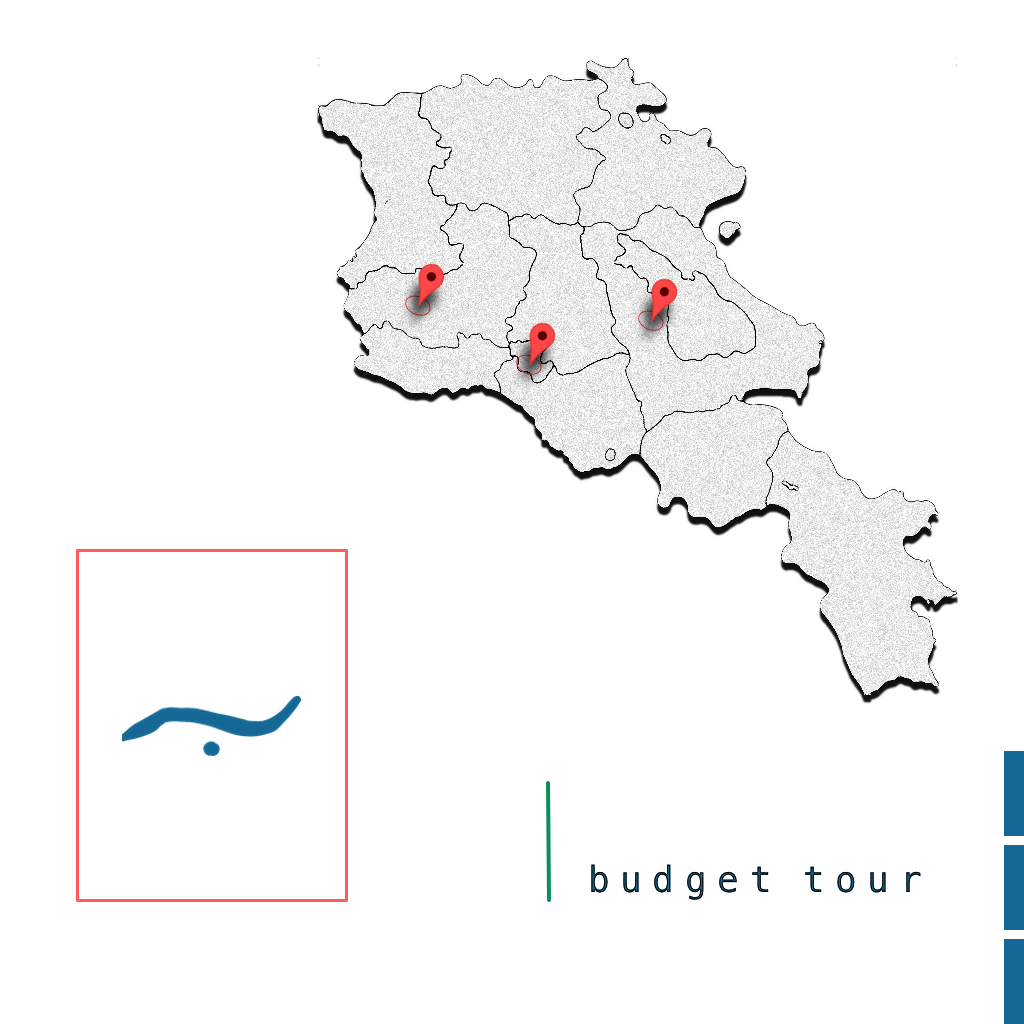Japan’s cuisine, known as washoku, is more than just food — it’s an art form, a philosophy, and a deep expression of harmony between nature and people. Recognized by UNESCO as an Intangible Cultural Heritage, Japanese traditional food celebrates simplicity, seasonality, and respect for ingredients.
The Heart of Japanese Cuisine
At the center of every meal is rice, often paired with seasonal vegetables, seafood, and miso soup. The philosophy of “ichi-ju san-sai” — one soup and three side dishes — represents balance and variety in daily dining. Classic dishes such as tempura, sushi, sashimi, ramen, and okonomiyaki each reflect different regional styles and cultural influences.
The art of presentation is equally important. Every plate is designed to please the eye as much as the palate — from delicate slices of sashimi to perfectly arranged bento boxes. Japanese chefs believe that food should reflect nature’s beauty, which makes each meal a form of meditation in taste and form.
Where to Experience Traditional Japanese Food
1. Kyoto – The Spirit of Kaiseki
Kyoto, Japan’s ancient capital, is the birthplace of kaiseki ryori, the elegant multi-course meal once reserved for nobility. Each dish is a work of art, made from the freshest seasonal ingredients. Visit traditional ryotei (tea houses) such as Gion Karyo or Kikunoi, where kaiseki meals blend aesthetics and flavor in perfect harmony.
2. Osaka – The Nation’s Kitchen
Known as “tenka no daidokoro” or “the nation’s kitchen,” Osaka is Japan’s street food paradise. Here you can taste takoyaki (octopus balls), okonomiyaki (savory pancake), and countless local specialties at bustling markets like Kuromon Ichiba or the famous Dotonbori Street. Osaka’s vibrant food culture reflects the warmth and humor of its people.
3. Tokyo – Tradition Meets Innovation
Tokyo boasts more Michelin-starred restaurants than any other city in the world, yet it still honors its roots. You can enjoy hand-pressed Edomae sushi at historic restaurants like Sukiyabashi Jiro, or savor a comforting bowl of tonkotsu ramenin a cozy ramen-ya tucked away in Shinjuku or Shibuya. The city effortlessly blends centuries-old techniques with modern creativity.
4. Hokkaido – The Northern Feast
Japan’s northernmost island, Hokkaido, is famous for its rich seafood, dairy products, and winter delicacies. The port city of Otaru offers fresh uni (sea urchin) and crab straight from the sea, while Sapporo is the birthplace of the iconic miso ramen — best enjoyed in a steaming bowl during the snowy season.
5. Fukuoka – Home of Hakata Ramen
On Japan’s southern island of Kyushu, Fukuoka is a must-visit for noodle lovers. Its Hakata ramen is known for its creamy pork broth and thin noodles. The city’s unique yatai (open-air food stalls) create a festive street atmosphere where locals and travelers gather for late-night dining.
The Essence of Japanese Dining
Traditional Japanese food isn’t just about flavor — it’s about mindfulness. Whether you’re tasting matcha tea in a Kyoto garden, sampling sushi in Tokyo, or enjoying grilled yakitori in a tiny izakaya, each meal is an invitation to slow down, appreciate nature’s gifts, and savor life itself.



